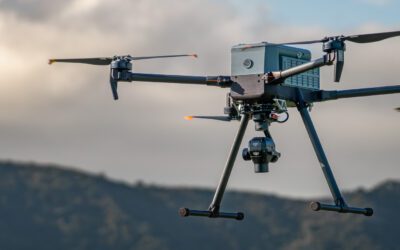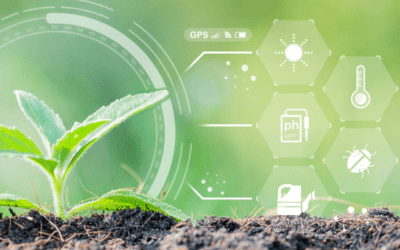As Mother Nature continues to push a cold and wet Spring across the country, planting season is off to a much slower start than last year. The latest report from the U.S. Department of Agriculture shows that among the top 18 states for corn, only 14% has been planted – compared to 42% at this time last year. Soybeans are trending along the same lines; with only one-third planted of what was in the ground last year at this time.
While there’s a collective wish that Mother Nature lets up and provides sunnier days ahead to optimize in-season crop health, it’s important to highlight three areas of focus in the coming months to help growers maximize yield – no matter what Mother Nature may throw our way.
Track Emergence and Get more Accurate Stand Counts
Only seven states have seen their corn crops emerge thus far, half of which saw it last year at this time. Many growers are weeks away from seeing emergence so it’s time to start planning how to advise once that does occur.
Using technology like FieldAgent to get a notification before emergence occurs helps optimize time so you can be in the right place at the right time. Stand Counts of the past – whether it was using a hula hoop, measuring tape, or other mechanisms to create an estimate – are time-consuming and may lead to biased or inaccurate results due to their low sample size.
Drone technology takes minutes to capture Stand Count data for the entire field – meaning that you have a complete picture of what’s happening across every acre before even leaving the field. With this in hand, it’s easier to accurately assess performance and know whether there are growth issues that would be best addressed with a replant treatment prescription.
The bonus? Easily optimize your decisions and improve outcomes by understanding areas that require some additional attention and focus. If acres are lost for the season, recapture grower dollars that had been set aside before they’re allocated to something else.
Understand Crop Health
Emergence is only one part of the picture in understanding crop performance, especially with challenging weather conditions. Given the wet and rainy season, many are predicting that this will be a high disease and pest year.
Spot checks in a few different field locations will only go so far and may not give you an accurate story of what’s happening on the field. Leveraging data from satellite, weather, drone imagery, soil and field operations can give you an indication of how things are performing beyond the field’s edge.
Within FieldAgent, NDVI Crop Health Maps give you a clear picture of the crop’s performance. NDVI measures how much light a plant reflects at specific frequencies, which can give an indication of plant health. Unhealthy plants, for instance, absorb more near-infrared light (NIR), while healthy pants reflect a large amount of it.
NDVI Crop Health Maps serve as one indication of how crops may be performing. Within FieldAgent, users can receive key notifications to indicate when a weather event (think night temperatures that were well below freezing) may cause a negative impact on crop health.
By bringing in data from several sources, FieldAgent users can take advantage of the in-solution machine learning to garner notifications and real-time insights about how their crops are performing.
Key notifications include:
- Weather-based events: include excess rain (over 2” of rainfall in the past 24 hours), strong winds (winds in excess of 50 mph), hail, and frost/freeze notifications.
- Disease notifications: indicate when conditions may be best for disease to occur.
- Crop stress: provides an indication when NDVI values vary outside of the expected value based on the current season.
Each of these provides an opportunity to assess the true impact on crop performance – all of which can be addressed with additional field scouting or treatment prescriptions to correct course without sacrificing any yield.
Focus on Late-Season Indicators to Estimate Yield
It may seem odd to start talking about the end of the season when it has hardly begun. But, thinking about how to leverage some late-season indicators to understand yield performance serves as paramount to the season’s success. Late-season indicators can offer another point of advisement to your growers; as well as give you an opportunity to start selling for next season.
For instance, using drone technology to count tassels can give you the last most accurate prediction of yield for that acreage. This presents an opportunity to start selling for next year with an eye on how things performed this year, given other variables.
The only predictable thing about the weather? It’s unpredictable. So as much as we would like to be surprised that Mother Nature has thrown a cold, wet, and rainy spring our way, it seems par for the course. With tools like FieldAgent and real-time insights, it makes it easier to turn unpredictability into a point of data collection that can inform the story of crop health throughout the entire season – giving you the opportunity to advise your grower towards what they can do to maximize outcomes.






0 Comments